|
Hydrometer Table for
Salt, Sugar, and Lye Solutions
The following table can
be used to find the equivalents of the various systems used in measuring
the amounts of salt, sugar, and lye in water solutions. The table is
also valuable for use in the preparation of solutions of these
substances of desired strengths. For example: Suppose a 5% salt solution
is desired. Six and seven-tenths (approximately 6 3/4) oz. of salt would
be added to each gallon of water; this figure being found by consulting
the figure in column 3 under "Ounces per Gallon," opposite 5 in column
2.
If a Baumé hydrometer is
in use, the corresponding Balling degrees or per cent sugar can be found
in column 4.
The table has been
arranged by J. R. Zion of the University of California.
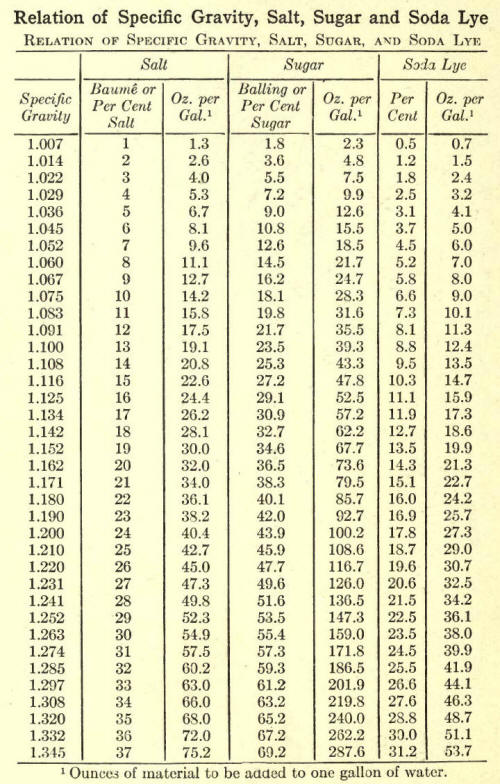
Formula for Soldering
Fluid
Place granulated zinc in
an open glass fruit jar or other open glass container and add
approximately three times its volume of strong muriatic (hydrochloric)
acid and allow to stand for about one hour. Strain off the solution from
the undissolved zinc through a cloth. Add an equal volume of water to
the solution. It is then ready to use. It may be used repeatedly until
it becomes too weak to act satisfactorily.
Labeling Laws
Most states have enacted
laws that make it compulsory to state on the label in prominent sized
type the net contents of all cans, bottles, and other packages
containing. foods offered for sale. The net contents are to be indicated
in ounces or pounds if the food is solid: and as fluid ounces, pints,
quarts, or gallons if the product is liquid. By measuring or weighing
the contents of several of the containers after they have been
processed, etc., a safe minimum for the net contents may be established
and labels designed accordingly.
The label must also state
plainly the kind of product in the container and the contents must
correspond to this declaration. Adulterants, antiseptics, or artificial
colors if used, must also be declared on the label.
If these points are borne
in mind, no trouble with the pure food authorities will arise from the
sale of good grades of home prepared food-stuffs.
Federal Standards for
Vinegar U. S. D. A.
1. Vinegar, cider
vinegar, apple vinegar, is the product made by the alcoholic and
subsequent acetous fermentations of the juice of apples; is laevo
rotary, and contains in one hundred cubic centimeters not less than four
(4) grams of acetic acid, and not less than one and six-tenths grams of
apple solids, of which not more than fifty (50) per cent are reducing
sugars.
2. Wine vinegar, grape
vinegar, contains in one hundred cubic centimeters not less than four
(4) grams of acetic acid, and not less than one gram of grape solids."
Note: Four grams acetic
acid per one hundred cubic centimeters corresponds to 40 grains on the
Leo Acid Tester. Vinegar for sale should test at least 45 on the Leo
Tester.
References on Home
Canning
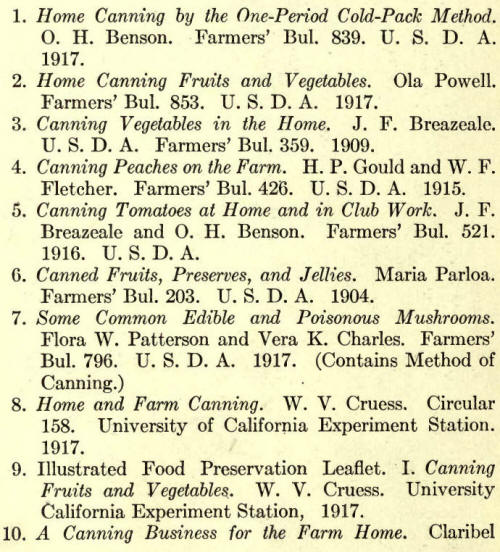
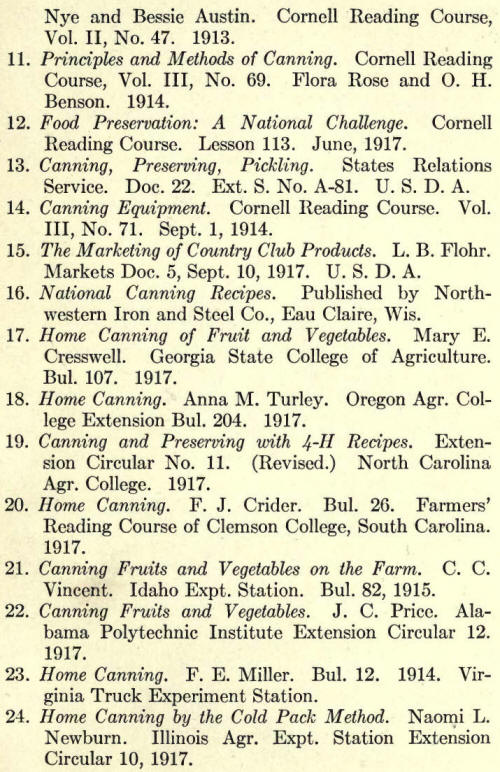
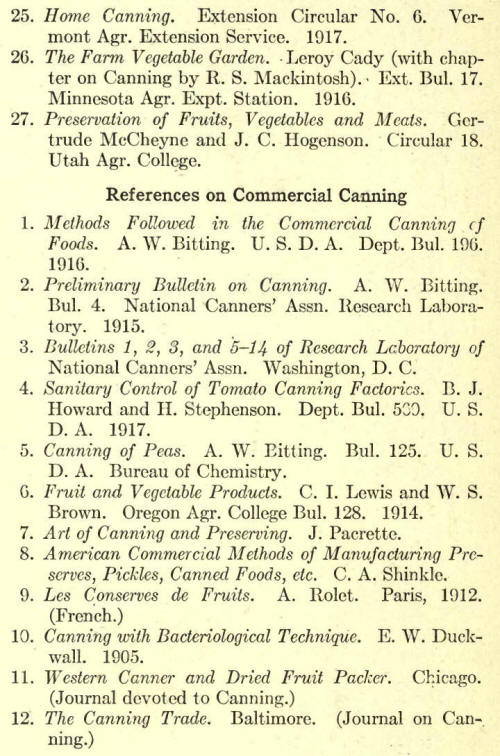
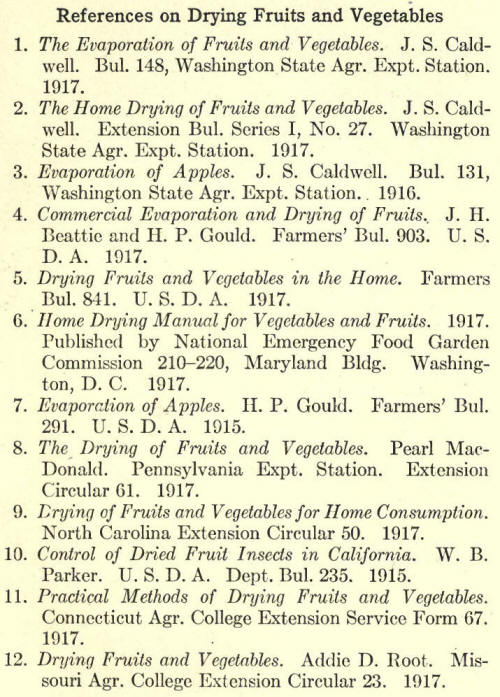
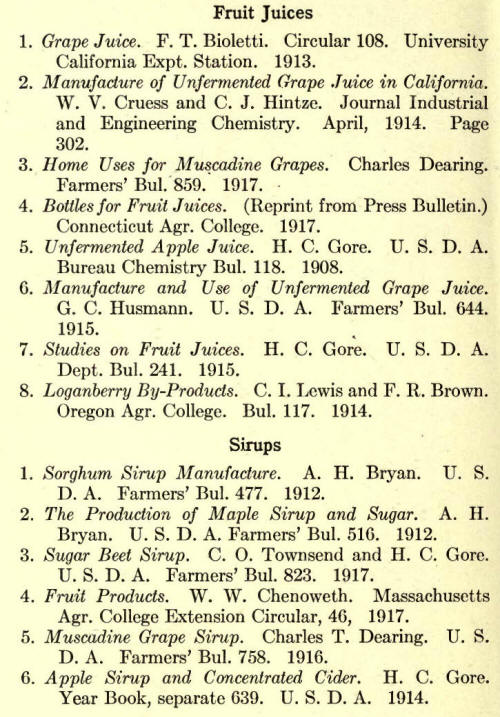
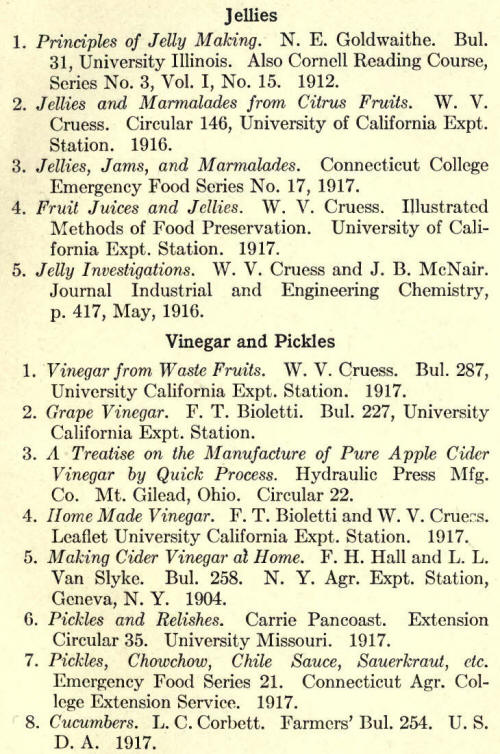

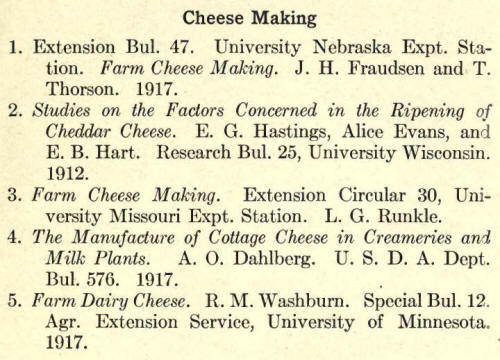 |

